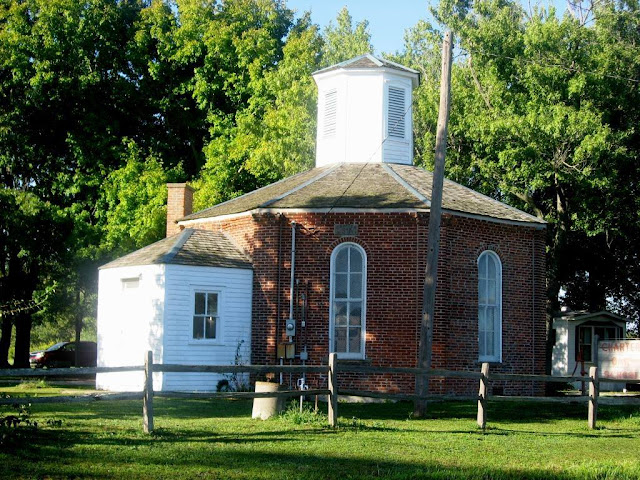On July 30, 1898, Fort Sheridan Park had its grand opening! The amusement center was created at the corner of Clay Street and Sheridan Road in Highwood, Illinois.

 |
| Fort Sheridan Park - Chicago Tribune Ad, August 6, 1899 |
 |
| Fort Sheridan Park - Chicago Tribune, August 4, 1900. |
 |
| Fort Sheridan Park, Inter Ocean, July 1, 1900 |
Belvidere Daily Republican, May 6, 1909, Tabernacle and Keeley Cure.
A resident of Highwood for two weeks, staying at the notorious Park Hotel, Pat Crowe is claimed to be boosting a scheme for the erection of an immense tabernacle at the Fort Sheridan Park that will seat an audience of 5,000 with a vigorous temperance campaign there and the changing of the Park Hotel into a branch of the Keeley Cure.
Crowe is getting well known in Highwood and while he has talked to many has neither denied nor affirmed the rumors about his plans. He has made no breaks nor backsliding and has quietly gone about his business which is the promotion branch of the Keeley Cure.
Fort Sheridan Park posted an ad on July 1, 1909 for lease.
Fully equipped and ready for operation, seating capacity of 1,800; best location in the country adjoining Fort Sheridan; a big moneymaker; can be run year-round; excellent opportunity if taken at once, as present owner has other business requiring all his time. Inquire of H.D. BARRY, Highwood, Ill. Phone 386 Highwood.
Compiled by Neil Gale, Ph.D.











































